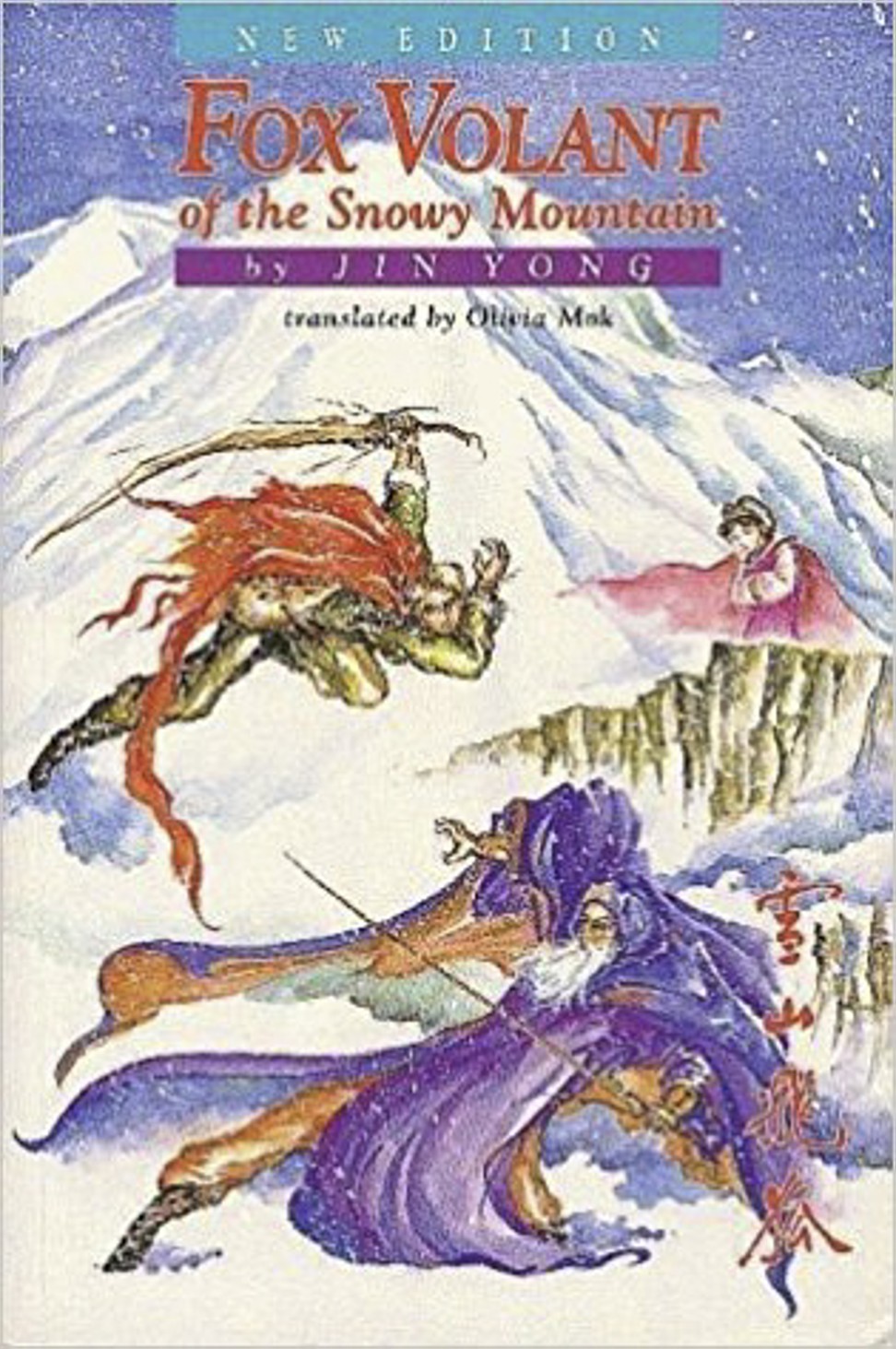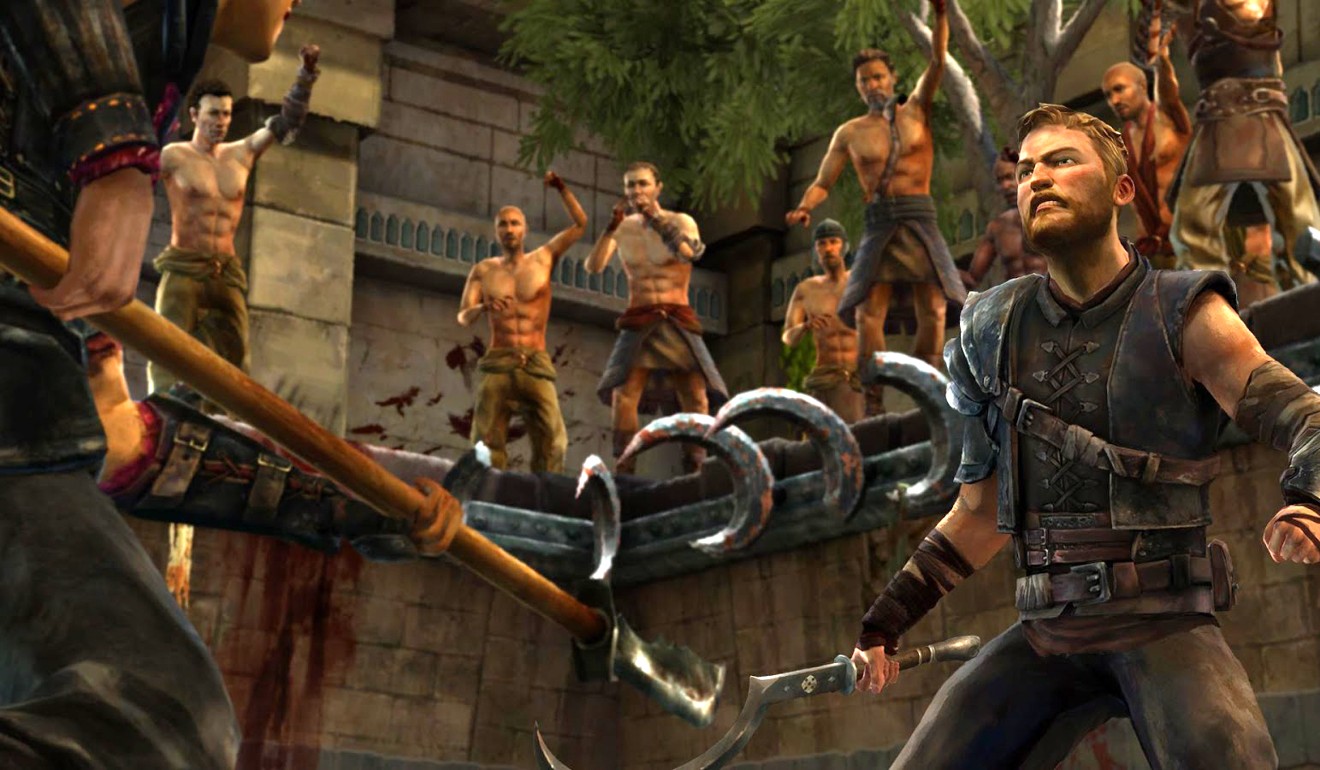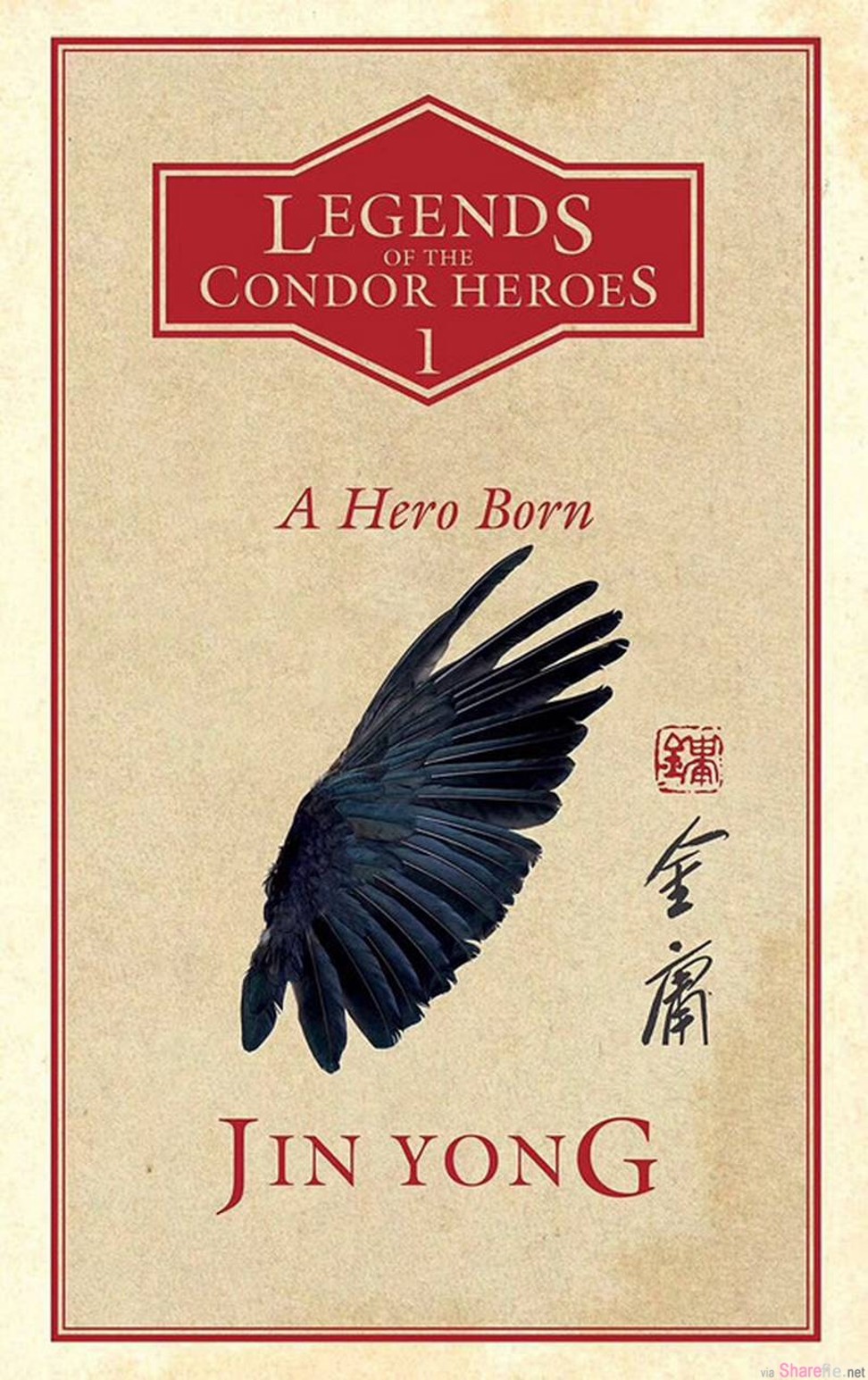
Could a legendary kung fu series be a Chinese Game of Thrones? Translator takes martial arts novels on a journey to the West
Independent publisher to release the first authorised translation of a Louis Cha novel in more than a decade
Kung fu novels pack a punch in China but translation difficulties and cultural differences mean they have never become a hit in the West.
An independent British publisher, MacLehose Press, is now trying to bridge the gap. It plans to publish an English translation of a trilogy by legendary Hong Kong kung fu novelist Louis Cha Leung-yung, who wrote under the pen-name Jin Yong, to test whether a novel first serialised in a Hong Kong newspaper in 1957 before becoming a household name in China can become a hit in the world of English literature.
Like JRR Tolkien, who created the Middle Earth of The Lord of the Rings, and George RR Martin, who imagined the Westeros of A Song of Ice and Fire (televised as Game of Thrones), Cha, now 93, created an imaginary world in his 15 novels – one featuring martial arts, poetry and plots with deep roots in Chinese history, culture and beliefs.
MacLehose plans to publish three novels by Cha: Legends of the Condor Heroes, Return of the Condor Heroes, and The Heaven Sword and Dragon Sabre. Known as the Condor trilogy, each novel consists of four volumes, with the first volume of Legends of the Condor Heroes, A Hero Born, expected to be released in February. It will be the first authorised translation of a Cha novel for over a decade.
Three years ago, Cha’s literary agent on the mainland told the Shanghai Morning Post it was difficult to give a precise sales figure for his novels, but the general industry consensus was that more than 300 million copies had been sold worldwide.

In Vietnam, Cha’s kung fu novels have been one of the most popular translated books. In the early 1960s, every newspaper in Saigon, now Ho Chi Minh City, serialised The Heaven Sword and Dragon Sabre almost at the same time as newspapers in Hong Kong, and dozens of Vietnamese publishers competed for Cha’s book releases.
People’s Daily reported that late paramount leader Deng Xiaoping was a fan, and habitually read a few pages before turning in every night. It said that in the 1970s, when the novels were still banned on the mainland, he even asked someone to buy a set for him from abroad.
The novels have been turned into television dramas, movies and games over the decades, but only three have appeared in English translation. Fox Volant of the Snowy Mountain, translated by Olivia Mok, was published by Chinese University Press in 1993; The Deer and the Cauldron, translated by John Minford, a British sinologist, was published by Oxford University Press (OUP) in 1997; and The Book and the Sword, translated by former Reuters journalist Graham Earnshaw, was published by OUP in 2005.
One of the hurdles faced in taking Cha’s novels to the West is the difficult translation challenge they pose.

Legends of the Condor Heroes, for instance, is deeply rooted in a turbulent period of China’s history, when Genghis Khan invaded in the 13th century, and familiarity with Chinese classics, poetry and geography is a prerequisite for enjoyable reading.
Minford, who translated Chinese classics such as The Art of War and The I Ching into English, attempted to translate Legends of the Condor Heroes but abandoned the project.
The initiator of the latest project, Anna Holmwood, is the young translator of A Hero Born. She studied Chinese at Oxford University and began to translate Chinese literature into English in 2010.

She first picked up one of Cha’s novels at an Eslite bookshop in Taipei in 2010 and two years later started talking seriously with a literary agent and finished a 10,000-word sample translation. It took her about a year and a half to finish a draft translation of the whole book in 2015.
“Initially, I was thinking one book a year, but it proved much more intricate and complicated and so much more time-consuming than anyone really knew,” Holmwood said. “Because this is the first time Jin Yong is being done by a trade publisher [producing books for a general audience], it’s been a discovery process for everyone.”
With the first volume of Legends of the Condor Heroes still in the final stage of editing, another translator has already begun work on the second volume. Holmwood said the publisher could bring in more translators to complete the whole series because the priority was getting them to readers as quickly as possible.
“It’s a huge amount of investment – more money has to be invested in the translation than if the books were written in English,” she said.
One thing that makes translating Cha’s novels challenging is their length. The Chinese version of Legends of the Condor Heroes has more than 1,300 pages and the first volume translated by Holmwood has 400 pages with 120,000 words, long by English publishing standards.
But she said the success of A Song of Ice and Fire and JK Rowling’s Harry Potter series had prepared readers for such big, thick books, although it would take time to build up the attention and become a potential hit.
“Between Game of Thrones starting to come out and become the phenomenon it is today, there was a lot of slow build-up … it’s going to be a longer-term investment,” she said.

For Chinese fans of Cha, the most intriguing question is how Holmwood managed to translate the different fighting moves that are a hallmark of his novels. The most powerful fighting art of the hero in A Hero Born, for instance, can be literally translated as the 18 palm attacks to defeat dragons. However, it is derived from the Tao Te Ching, the Taoist classic produced by Lao Tzu about 2,500 years ago, and contains a philosophical aspect in addition to movement.
Holmwood said she focused more on the flow of the movements rather than their technical names.
“The name [of these moves] is very evocative and it’s part of the creating of the world, but what really matters to readers is can they follow who is doing what, what the actions are, who is hitting whom, and how they are hitting them,” she said.
“When you are translating, you have to read on such a careful and deep level. You are constantly asking yourself: is the hand going there? Is it going up or down? How is this move working? That’s the most challenging part – is to be able to express what the actions are in a way that is going to be vivid on the page and people can clearly understand and follow what’s happening.”
During the translation process, she pictured herself inside a film editing room, where she shortened and extended sentences to match the speed of the fighting, similar to fast cuts and slow motion in action films.
“You can shorten sentences to make the action move, and use some short punchy verbs that make the actions very fast,” she said. “When you want to draw attention to the moment for dramatic effect, you add more details, slow it down, and make the sentence a big longer.”

No fights or details were cut from her translation, Holmwood said, because they were not only essential to the plot and character development but also to the Chinese culture of xia (heroes). As Cha famously said, a true great hero is the one “who fights for his nation and his people”.
“Xia, as I understand it, is about fighting in a historically tumultuous period when you don’t have justice and you can’t rely on the law and government to step in to make sure everything is in order and justice is served,” she said. “Xia is fighting for justice and good … In this genre, fictional world and historical context, violence has a righteousness. It’s about good as well as bad.”
Yet, she said, it was inevitable that some of the aesthetic appeal of Cha’s writing style – half classical Chinese and half vernacular Chinese – would be lost in translation. And that made the work daunting and scary, considering Chinese readers’ familiarity with kung fu novels.
“My take on this is that there is a greater loss not to try,” she said. “The greatest loss is never trying to translate it.
“There is something about literature you read when you are young. It goes into your heart in a way that what you read as an adult doesn’t quite affect you as much … I hope, on balance, there is more that’s been gained by translating it and allowing people who don’t speak Chinese and don’t have 10 years to commit themselves to learning Chinese to enjoy Jin Yong’s writing. In the end, that is going to be my comfort.”
Living in Malmo, Sweden, with her Taiwanese husband and son, Holmwood started learning Chinese a decade ago. She first travelled to China in 2005 and later spent a year at National Taiwan Normal University in 2010 studying classical Chinese.
She has two master’s degrees in China studies, from Oxford and SOAS University of London. Before translating Cha, she had worked as a literary agent for contemporary Chinese novelists and translated some of their works.
For Holmwood, who has a penchant for Chinese poems, the themes and historical fantasy elements of Cha’s novels share some similarity with the works of 19th century Scottish novelist Sir Walter Scott, including his 1820 historical novel Ivanhoe.
“China’s Walter Scott mixed with The Lord of the Rings fantasy things. That’s exactly what it is,” she said.

